10 stunning natural wonders of the world you need to visit
Some of the best locations nature has to offer, from an island teeming with "dragons" to a famous waterfall.
Jurassic Coast, United Kingdom
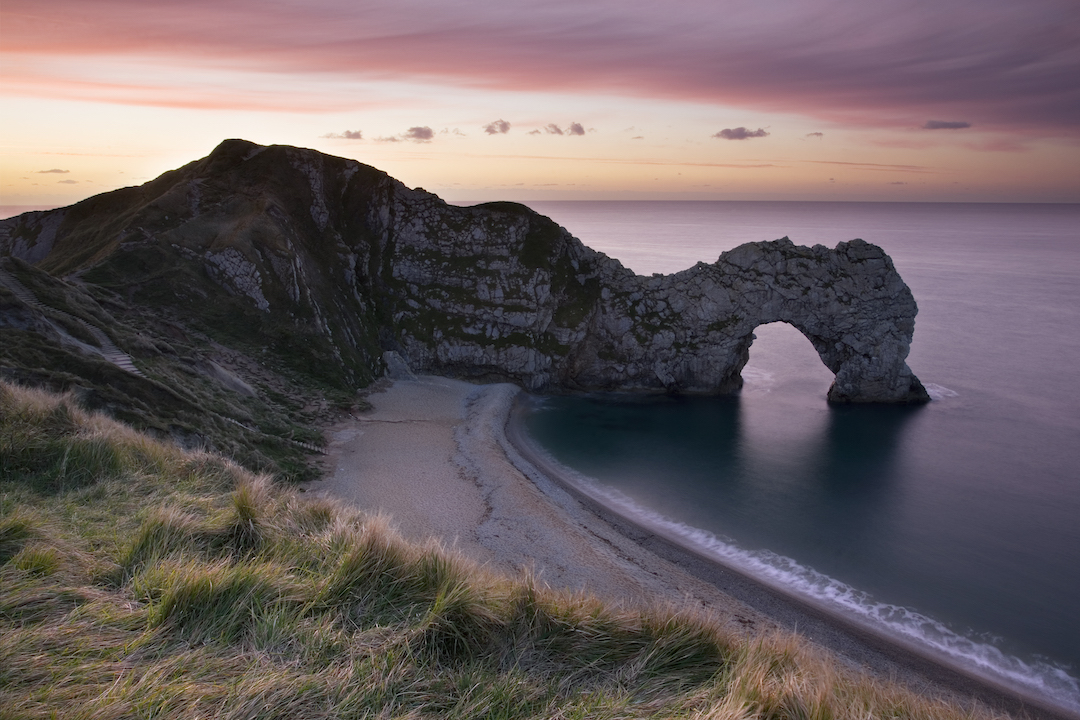
There are 185 million years of history hidden along the south coast of England, in the United Kingdom. Paleontologist Mary Anning made game-changing discoveries of prehistoric remains along this coastline in the early 1800s.
According to the Smithsonian, the shores of Devon and Dorset used to lie under the sea where Morocco sits today. Before the continents completely drifted apart this region was a hotbed of prehistoric life. Over thousands of years, animal remains became imbedded in sediment that eventually hardened to stone.
Today this area is battered by coastal waves, but new fossil discoveries are still being made: finds range from small curled ammonites to 33-foot-long (10 meter) ichthyosaurs, according to the BBC.
Ha Long Bay, Vietnam
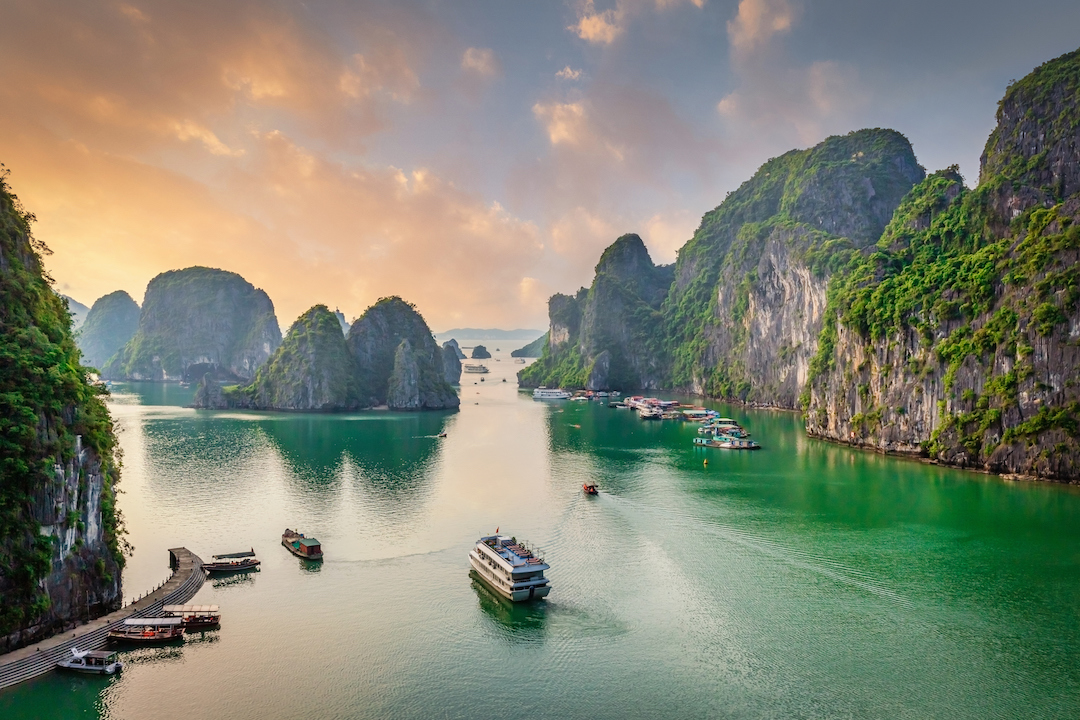
There are around 1,600 islands nestled throughout this 580-square-mile (1,500 square kilometers) bay in the Gulf of Tonkin, Vietnam. A layer of limestone slowly developed over 500 million years, and by the end of the Permian Period, 251 million years ago, it was 3,280 feet (1,000 meters) thick.
The hunk of rock was then weathered by the sea, but really took a beating in the last ice age. The slab broke apart, and the fragments are the islands we see today. Around 1,600 people live in floating fishing villages rather than disturb the pristine islands, while tourists sleep on board boats during their visit, according to Lonely Planet.
Komodo Island, Indonesia
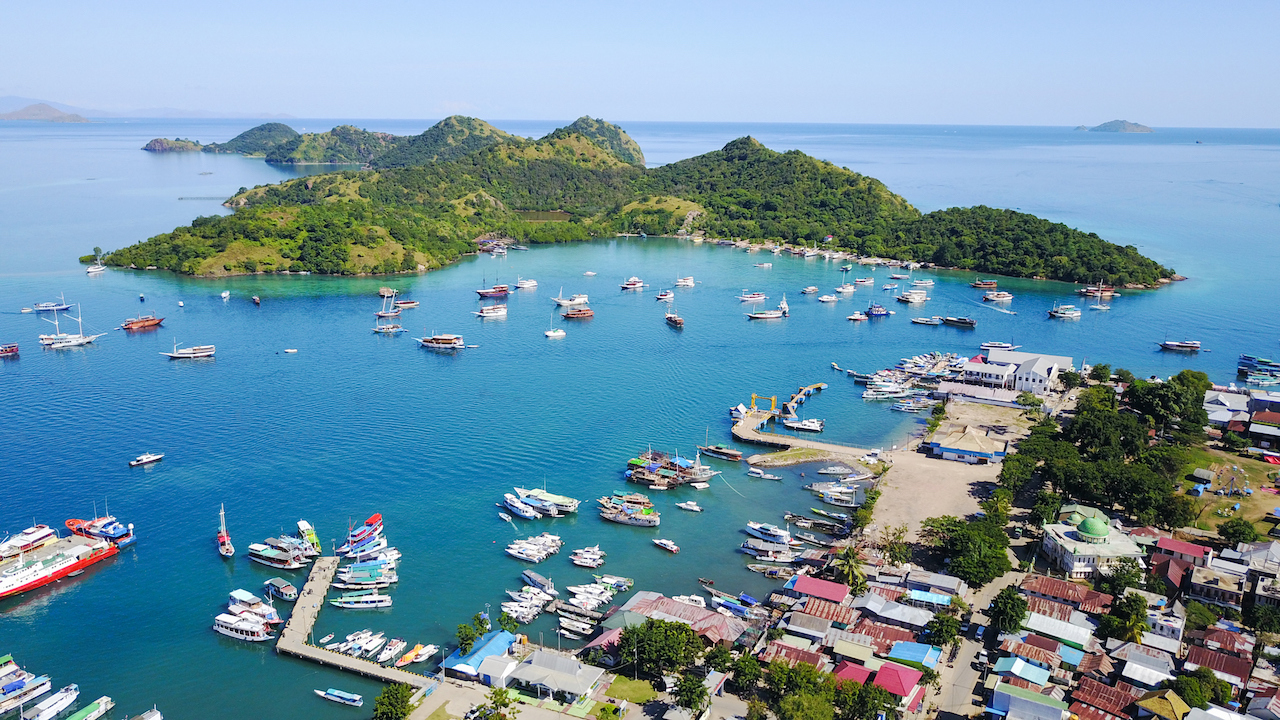
Famous for its giant lizards, this volcanic island in southern Indonesia is part of the Lesser Sunda Islands. Komodo dragons are the largest living lizards on Earth today.
They came from Australia and are descendants of the biggest lizards known to science, according to the Guardian. With no other predators on the island, Komodo dragons were able to thrive, but eventually most of the native prey disappeared, so they now eat animals that have been introduced to the island, ranging from rats to water buffalo.
Pamukkale, Turkey
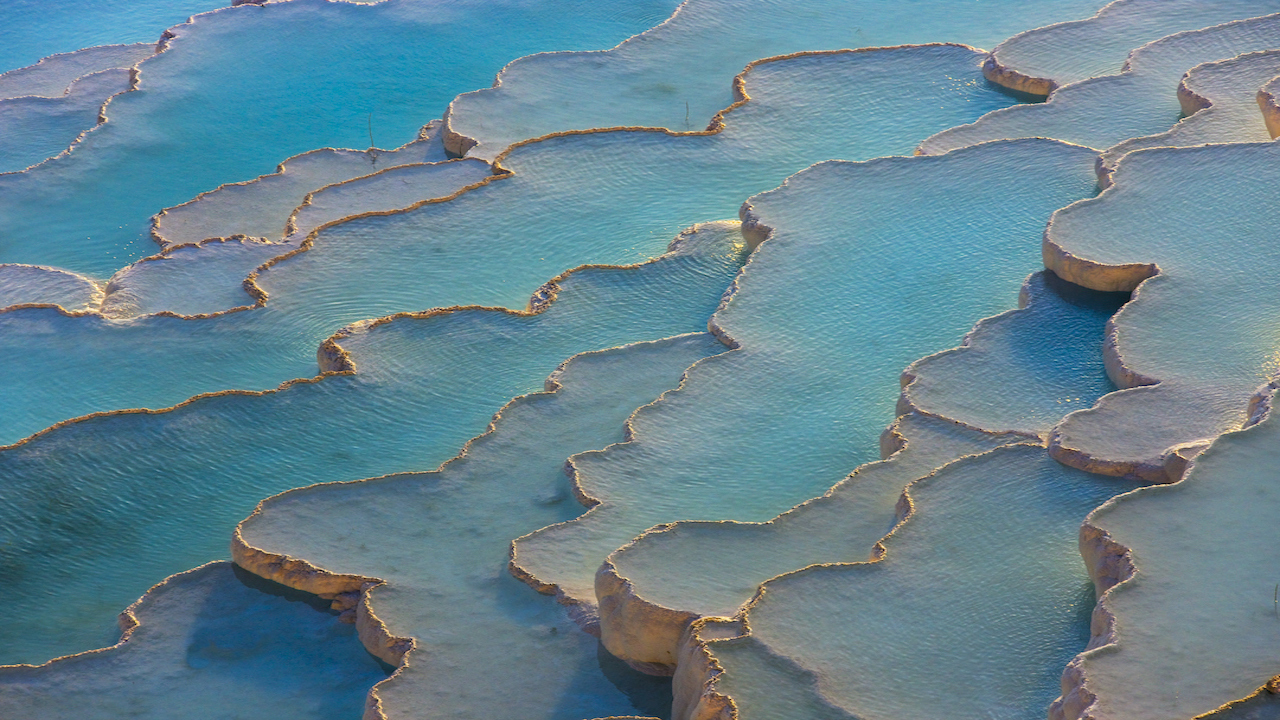
Pamukkale means “cotton castle.” Hot water flows down from a cliff-top spring 655 feet (200 meters) from the ground. The water comes out warm when it originates from a spring 1,050 feet (320 meters) underground.
As water leaves the spring it makes contact with the air for the first time and begins to change. Initially, it’s fully saturated with minerals, but a chemical reaction causes it to release carbon. As this process happens it leaves a coating of crystals behind. Pamukkale boasts petrified waterfalls, mineral forests and terraced basins, according to UNESCO.
Peyto Lake, Canada
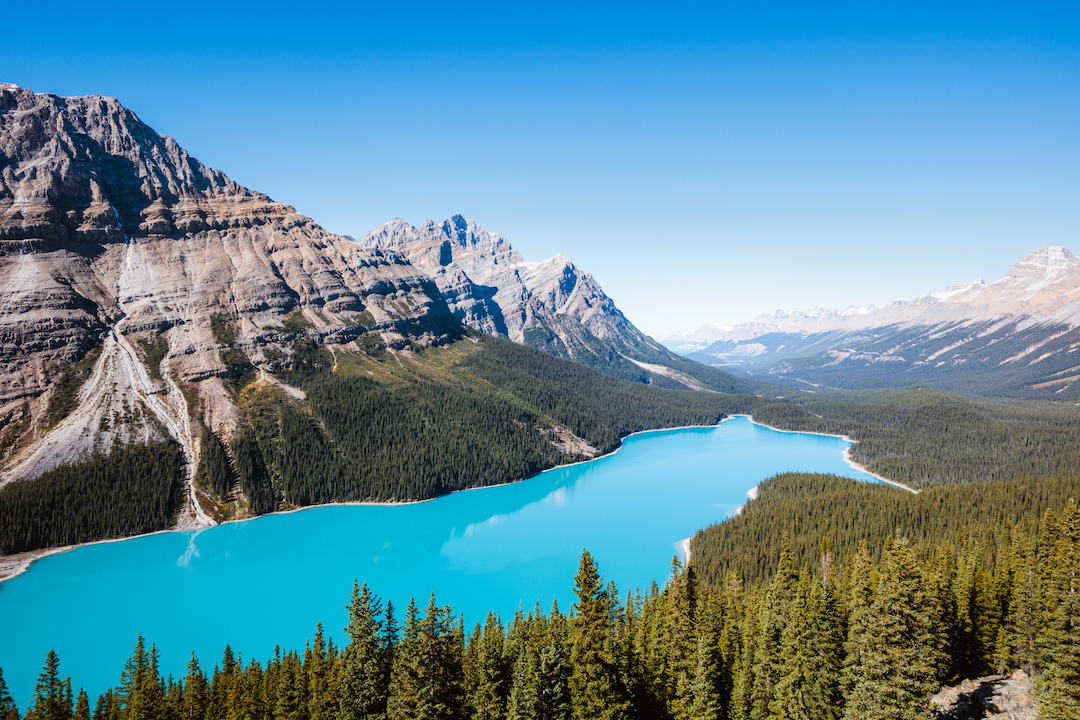
This gorgeous lake is in Banff, the oldest national park in Canada. It’s fed by active glaciers high up in the Canadian Rockies. Flowing glaciers scrape away fragments of rock as they advance.
The places where the ice touches the rock is wet and slippery, helping water to wash bits of rock down to sea level underneath the frozen river. The dust from this rock reflects blue light, according to Earth Science Picture of the Day, and so our eyes see the water as a vivid turquoise. This effect is strongest in the summer when glaciers melt fastest.
Perito Moreno Glacier, Argentina
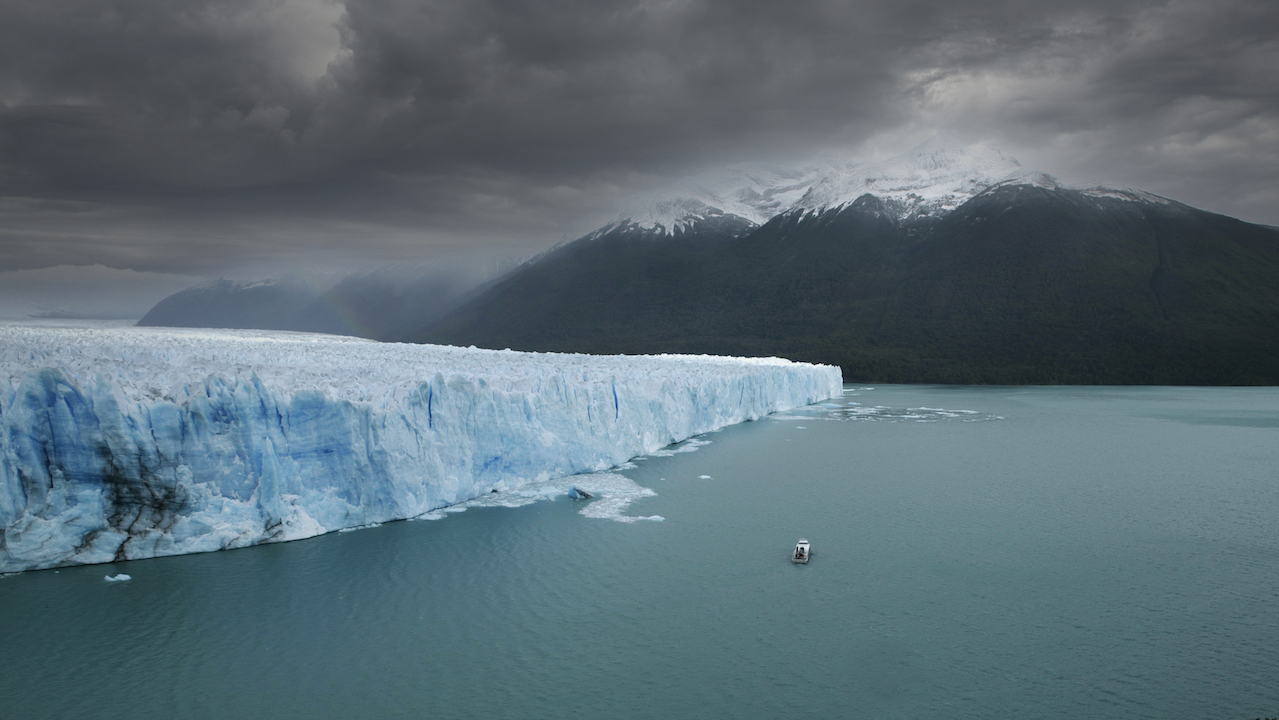
While most glaciers in the region are melting fast, this one has barely changed in the last 100 years. It crawled forward at least 2,625 feet (800 meters) since the late 1800s, according to a study published in the journal Scientific Reports, and may still be advancing today. It accumulates more mass than any glacier being monitored right now.
The parts of a glacier that are bonded most strongly to rock are called pinning points. Glaciers usually retreat quickly if this part of the glacier melts. Perito Moreno is holding firm thanks to the strength of its crucial pinning points, which may help it survive the warming climate, according to the same study.
Salar de Uyuni, Bolivia
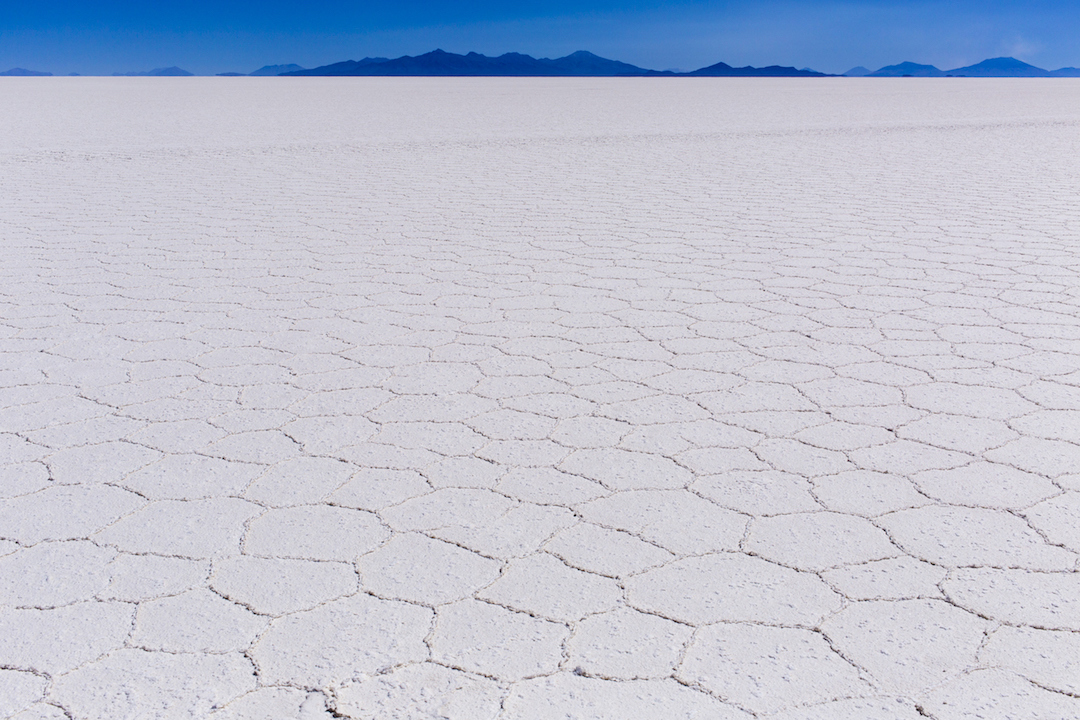
This is the biggest salt flat in the world, stretching more than 4,000 square miles (10,300 square kilometers) and sitting at an elevation of 12,000 feet (3,660 meters). The ground is covered by salt crust several feet thick, with a pool of salty brine beneath.
For thousands of years water has collected in the area to form lakes, then dried up again. A study published in the journal Quaternary Research found that the entire plain was permanently flooded at least four times in the last 40,000 years. Cacti are the only plants that can grow on the salt flat, but three species of flamingo visit for the breeding season every November.
The Maldives, Indian Ocean
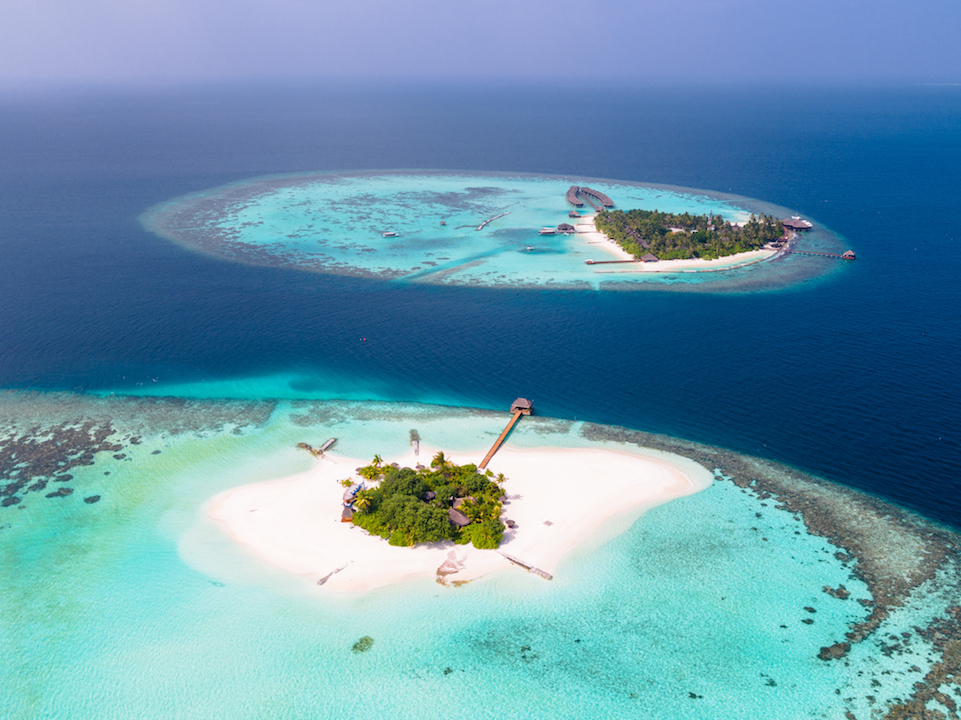
The Maldives comprises 1,190 small islands in the Indian Ocean surrounded by coral reefs. Almost 1,000 of the islands are uninhabited by humans. Most of the sand around the world consists of rough grains of quartz, but the shores of the Maldives are piled with soft coral sand, making them some of the best beaches in the world, according to Lonely Planet.
With an average elevation of three to five feet (one to 1.5 meters) according to the High Commission of Maldives, it’s both the lowest and flattest nation on Earth. If sea levels rise at the rate scientists predict, much of the country could disappear underwater by 2100, says an article published on Earth.org.
Victoria Falls, southern Africa
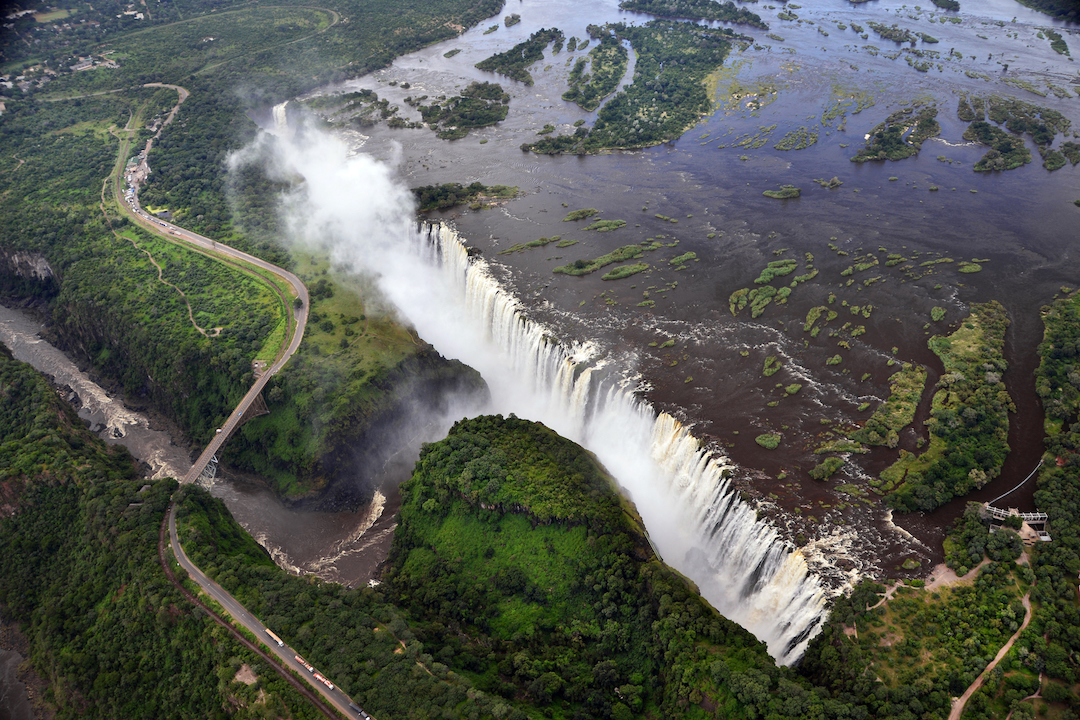
These are among the world’s most famous waterfalls. Its one-mile (1.6 kilometers) width is remarkable. The bedrock beneath the Zambezi River is basalt — volcanic rock that formed 180 million years ago.
The bedrock built up over a million years of gentle volcanic eruptions, and the layers of hot lava cooled down and cracked in several places from east to west. When the Pangea supercontinent split, the damage to the basalt worsened.
Tectonic plates then pushed southern Africa upwards, creating new river systems. Victoria Falls began flowing 5 million years ago after movements underground caused an enormous lake to start spilling over. The water quickly established a course and now flows elegantly off the cliffs of the fractured volcanic rock.
Great Barrier Reef, Australia

Almost 3,000 individual reefs make up the biggest coral system in the world. It’s home to 1,500 fish species, a third of the world’s soft coral and six of the world’s seven species of sea turtle. It was established as a World Heritage Site in 1981, and restrictions on fishing and tourism were put in place.
Sadly, the Great Barrier Reef has lost half its coral since 1985. The damage is happening so fast scientists can’t keep up. Corals have died off because of pollution, invasive species and a process called coral bleaching, according to Science magazine. The water on the planet is simply getting too warm for corals to survive but, according to an article published by Nature on Nov. 27, 2019, scientists are protecting the more resilient reefs while nursing others back to health.
Sign up for the Live Science daily newsletter now
Get the world’s most fascinating discoveries delivered straight to your inbox.

Amy Grisdale is a freelance writer and wildlife guide based on the south coast of the U.K., who has written for publications such as World of Animals, How It Works, History of War and Gadget magazine. Amy has an enormous breadth of experience on animal conservation projects. She has a degree in Marine Biology and Animal Behaviour from Anglia Ruskin University and specialises in writing about environmental topics.











